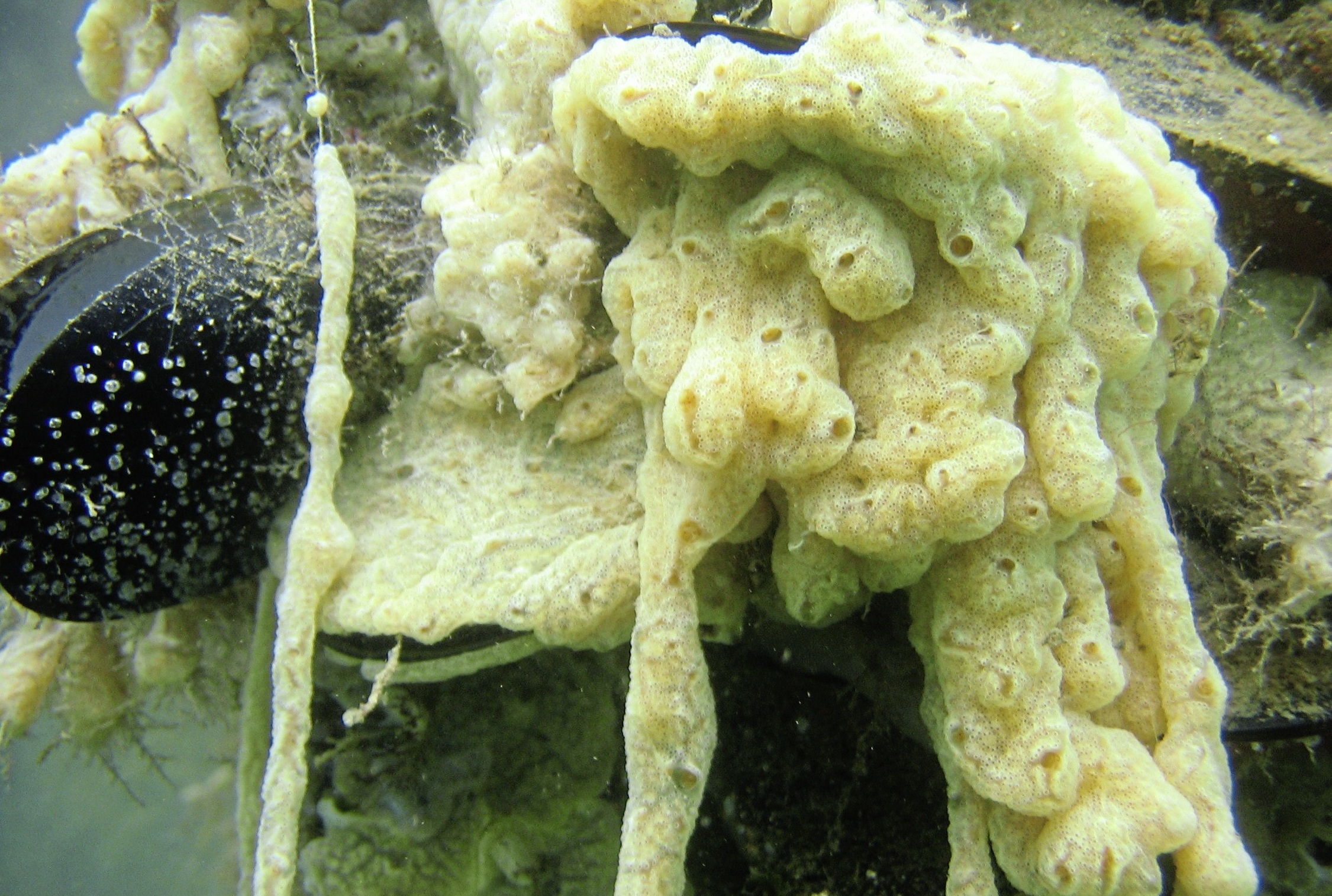Dr Paul Chambers has completed a study of how the global spread of marine life is affecting the Channel Islands as part of an invasive species strategy the Environment Department intends to introduce next year.
‘The islands are in an unusual situation because of our geography,’ he said. ‘We are at a crossroads between the colder waters of the North Sea and sub-Arctic areas, and the warmer waters of the Bay of Biscay and the Mediterranean, which means we receive an unusually wide range of invasive species.’
Dr Chambers, the marine and coastal manager at Environment, has identified a ‘top five’ of the biggest threats, starting with ‘enemy number one’ – the comon slipper limpet, which is causing havoc for oyster farmers in the Bay of Granville as it has colonised large areas of the sea bed.
Once established, non-native species can destroy local habitats, foul boat hulls and propellers and pollute the Island’s marinas and harbours with masses of slimy weed.
‘This is a global problem and not unique to us and one we can’t solve on our own in any effective way,’ he said. ‘We can’t prevent a species getting into our marine environment in the first place, so part of the job is to conduct research so we are aware of any potential threats coming our way.’
His findings are being published next week in the Non-native Species in the Channel Islands report, which identifies 45 new species. He also estimates there could be another 25 yet to be identified, with another 90 heading our way by 2040.
These invaders are largely shellfish, barnacles and weeds that spread worldwide by ‘hitching’ lifts on commercial shipping.
Species that have arrived so far include the Asian crab, wireweed or japweed and the slipper limpet. Many of them pose little risk to indigenous species and habitats and are largely only of interest to marine experts.
‘We are also in an unusual position because we sit at the entrance to the English Channel, which means we can receive all the species coming in on shipping, coming into the major commercial ports of southern England and the Benelux countries.’
He says the only measures available to try to halt their spread is for government to mount awareness-raising campaigns and to work with specialist groups, such as the Marine Conservation Society, to continually monitor harbours and marinas, offshore buoys and the local habitats where invasive species are likely to thrive.






